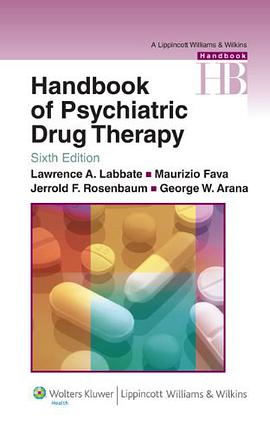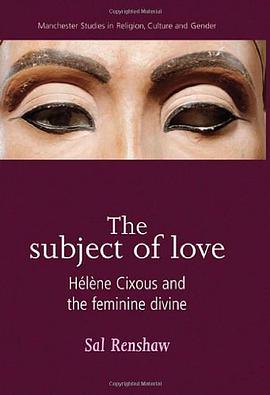

When Gottfried Wilhelm Leibniz first arrived in Paris in 1672 he was a well-educated, sophisticated young diplomat who had yet to show any real sign of his latent mathematical abilities. Over his next four crowded, formative years, which Professor Hofmann analyses in detail, he grew to be one of the outstanding mathematicians of the age and to found the modern differential calculus. In Paris, Leibniz rapidly absorbed the advanced exact science of the day. During a short visit to London in 1673 he made a fruitful contact with Henry Oldenburg, the secretary of the Royal Society, who provided him with a wide miscellany of information regarding current British scientific activities. Returning to Paris, Leibniz achieved his own first creative discoveries, developing a method of integral 'transmutation' through which lie derived the 'arithmetical' quadrature of the circle by an infinite series. He also explored the theory of algebraic equations. Later, by codifying existing tangent and quadrature methods and expressing their algorithmic structure in a 'universal' notation, lie laid the foundation of formal 'Leibnizian' calculus.
具体描述
读后感
评分
评分
评分
评分
用户评价
相关图书
本站所有内容均为互联网搜索引擎提供的公开搜索信息,本站不存储任何数据与内容,任何内容与数据均与本站无关,如有需要请联系相关搜索引擎包括但不限于百度,google,bing,sogou 等
© 2025 book.wenda123.org All Rights Reserved. 图书目录大全 版权所有




















